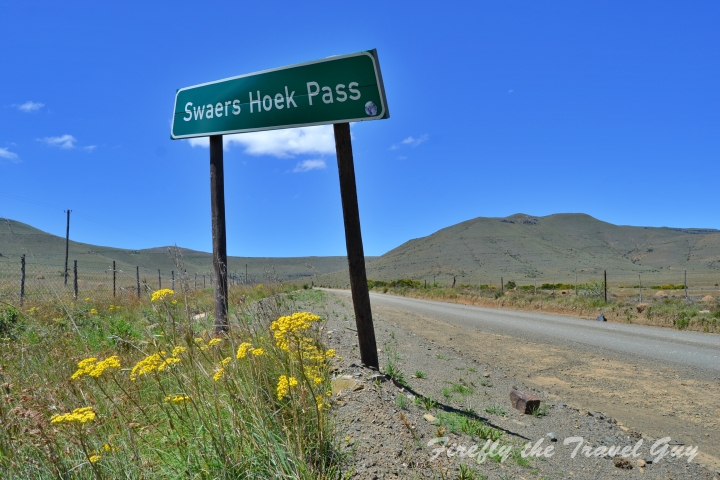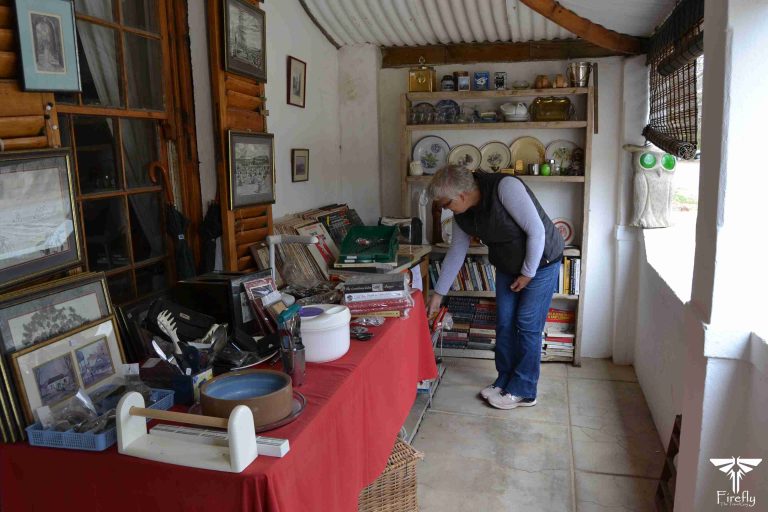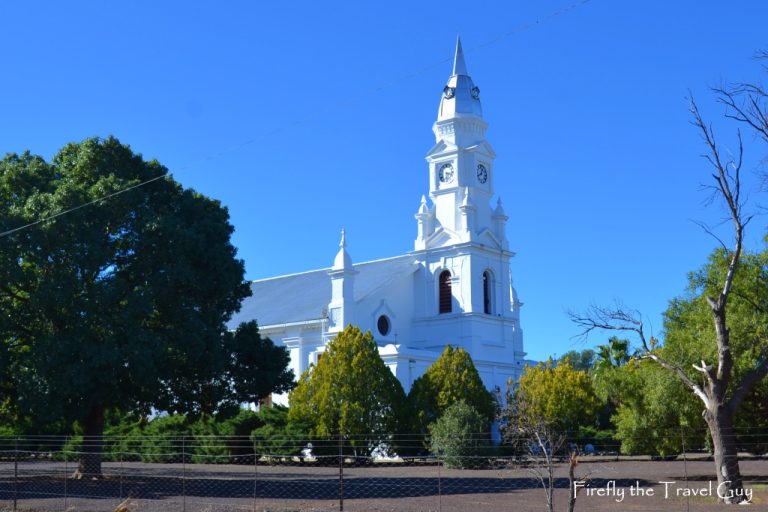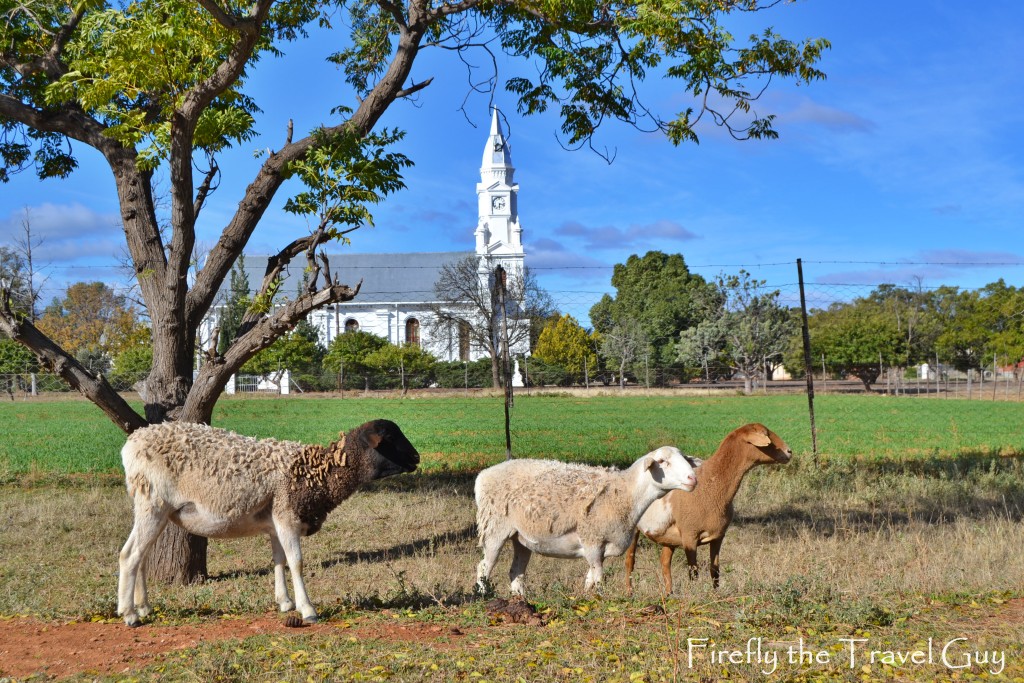
I get disappointed if I visit a small town and find that there isn’t a historic church somewhere to visit and photograph. One of the towns that didn’t disappoint was Pearston. Located on a very flat landscape the church is easily spotted in the town’s very limited skyline.
The village of Pearston is located 48km west of Somerset East in the Eastern Cape’s Karoo Heartland. Like so many of the small towns and villages of the Karoo, the village had its origins as a parish of the Dutch Reformed Church. Since 1850 already locals would gather in the shade of a large pear tree on on Casper Lotter’s farm Rustenburg to celebrate communion. It meant though that the minister from Somerset East, Scottish born Referend John Pears, had to travel the 48-kilometers over the Bruintjieshoogte for them to celebrate Communion.

At the time of the foundation of the church in 1859 it was the 76th congregation in the Dutch Reformed Church and the 18th in what would later become the Synod of the Eastern Cape. The congregation was named Pearston after Rev Pears, and not after the pear tree that played such a big role in the early days before the church was built. The village of Pearston was founded shortly after and the farm acquired by the church was subdivide it into lots, some being reserved for the church’s own purposes and the rest offered for sale to defray the cost of purchasing the land and the building of a church.
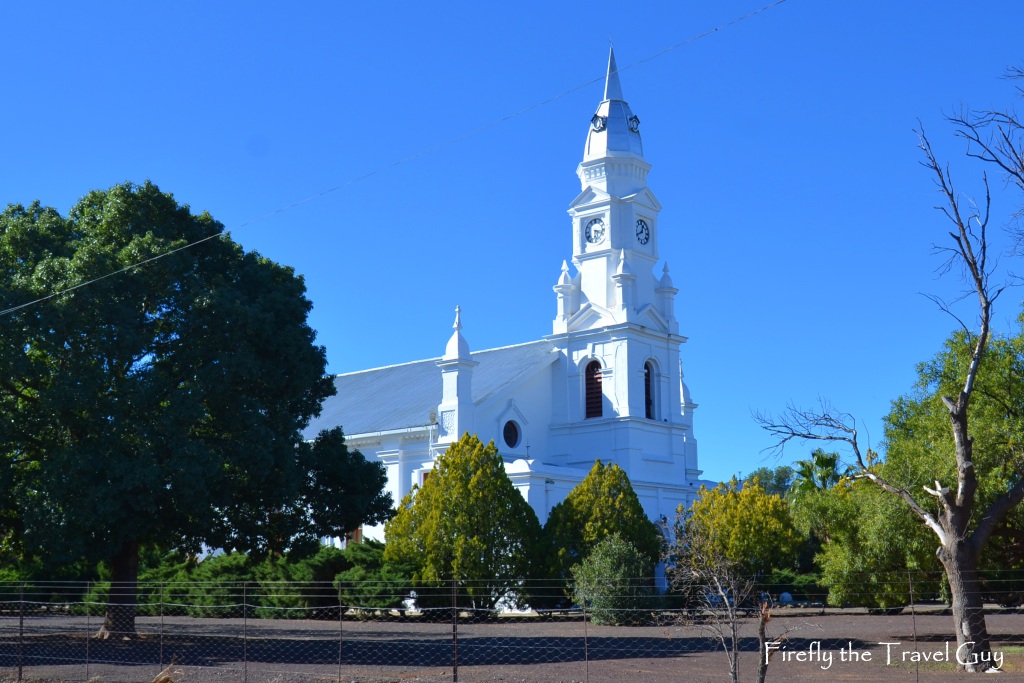
The first minister of the church was Rev C.T. Muller from Jansenville. He was on 7 September 1861, almost two years after the founding of the congregation. In 1865 construction was started on a new church, but due to trouble in the congregation (dispute between two strong parties) the work was stopped when the walls already reached a certain height. This long-lasting feud only subsided during the tenure of the fourth minister, Rev C.H. Radloff.

The church was finally completed and consecrated without debt on 30 June 1887, 22 years after the building work began. Through the tireless work of Rev Radloff a tower was added to the church and unveiled in September 1899.

The church was designed by the architect Carl Otto Hager, a German native and the greatest exponent of the Neo-Gothic building style in South Africa. He was also responsible for the design of the church building of neighboring Somerset East, among other things. Work on the church was possibly completed by Arthur Reid as was also the case with the NG congregation Jansenville’s church building.
